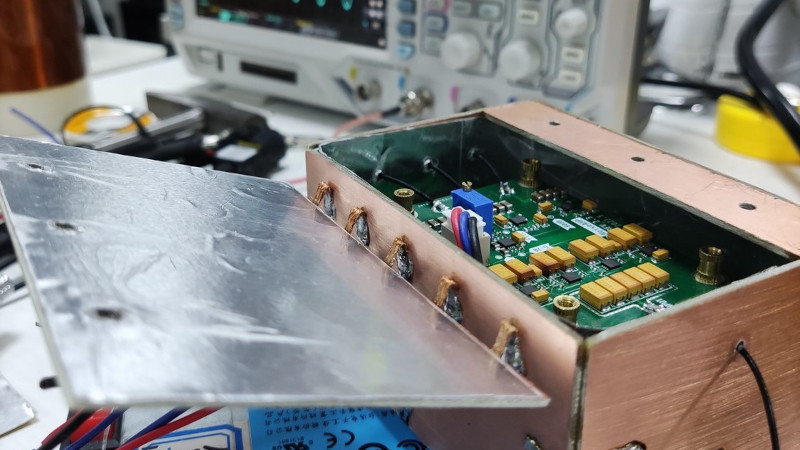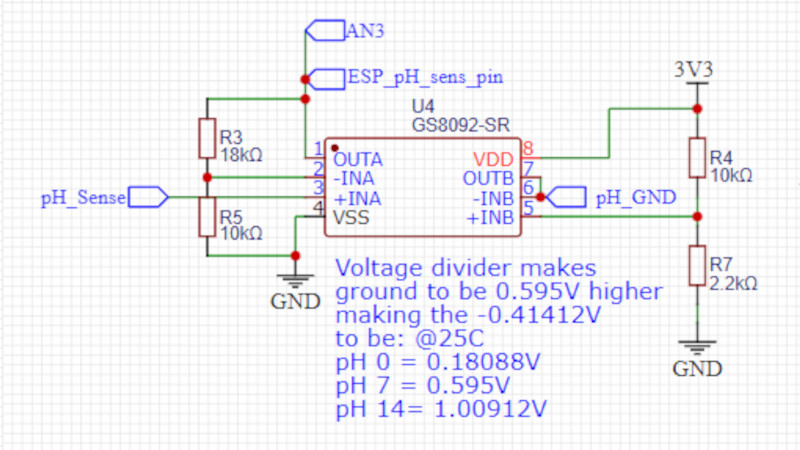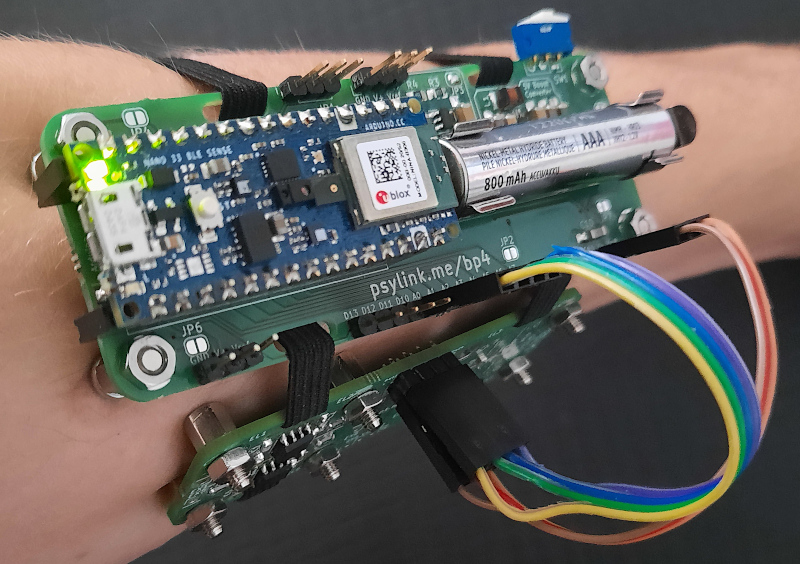Op-Amp Challenge: A Low Noise Amplifier For Those Truly Low Noise Measurements

When something is described as “Low Noise”, it is by the nature of the language a relative phrase. The higest quality magnetic tape is low noise compared to its cheaper …read more Continue reading Op-Amp Challenge: A Low Noise Amplifier For Those Truly Low Noise Measurements

